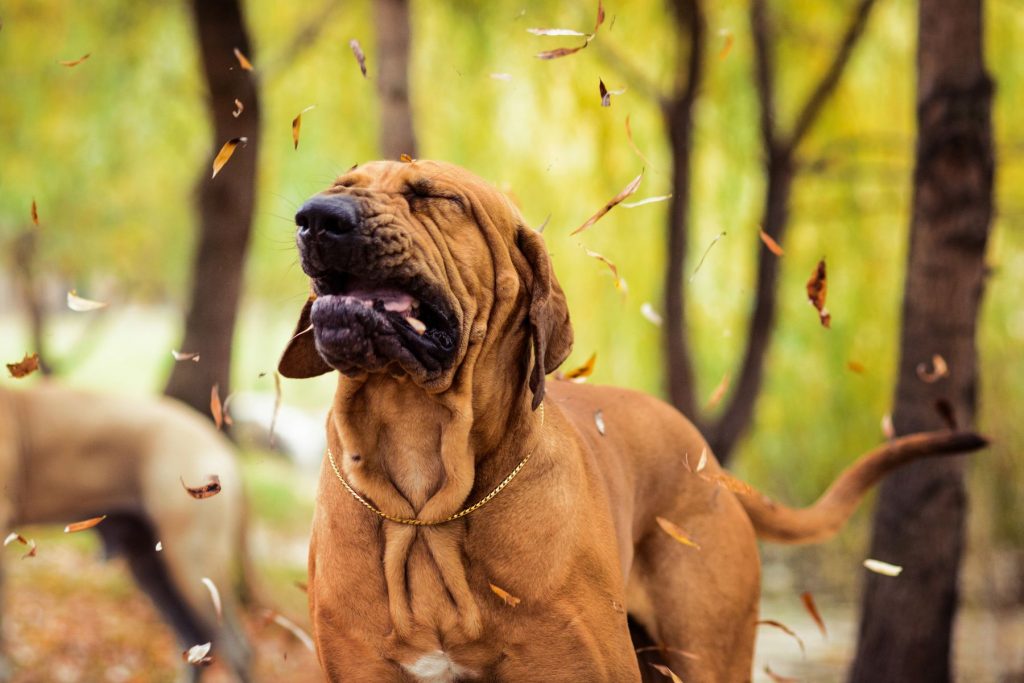The Dreaded Reverse Sneeze: Pet Danger or No Big Deal?

If you have never encountered a pet who is suffering from a reverse sneeze episode before, it can be pretty disconcerting. Is that dramatic display of snorting and gagging something to consider a pet emergency, though? Dupont Veterinary Clinic has the answers to your burning questions about the dreaded reverse sneeze.
What is a Reverse Sneeze Anyways?
While many a pet owner has panicked when they first see a reverse sneeze, the action is pretty recognizable once you know what you are looking for. If you have never seen one, YouTube abounds with examples of dogs reverse sneezing.
More properly called a paroxysmal inspiration, a reverse sneeze is a reflexive action much like a regular sneeze that results when the back of the throat (pharynx) is irritated.
During an episode of reverse sneezing, the pet takes exaggerated inhales through the nose repeatedly with the neck outstretched. This can look like gagging or choking to someone who doesn’t realize what is happening.
Most things that trigger a reverse sneeze are pretty benign. Just like a regular sneeze, reverse sneezing can occur with a simple tickle inside the nasal passages.
Common culprits that might trigger a reverse sneeze might include:
- Post nasal drainage
- Allergens like pollen or dust
- Nasal mites
- Foreign material (grass, plant awns, etc.)
- Smoke or perfume
- An elongated soft palate
- A growth or polyp
Most of the time pets are able to clear the problem on their own. If the reverse sneezing is persistent or accompanied by other symptoms, though, they may need help.
If your pet is having a reverse sneezing episode, you can help by staying calm and gently distracting them by gently rubbing their throat or calling their name. Most episodes resolve in about 30 seconds or less.
When to Be Worried
Most of the time, an isolated reverse sneeze episode here and there is nothing to be worried about. Respiratory issues can be potentially serious, though, so it is important not to overlook signs of trouble. So how is a concerned pet owner to know when a sniffle, snort, or sneeze is something to make an appointment for?
It is never wrong to bring your pet in if you are worried. We would rather reassure you that nothing is wrong than have you ignore a problem.
We should always see your pet as soon as possible, though, if you notice:
- An increase in breathing rate or effort when resting
- Blue or gray mucous membranes or tongue
- A decrease in activity
- Drainage from the eyes or nose
- Overall weakness or exercise intolerance
- Increased respiratory noise
- An abnormal behaviors
There are many different conditions and diseases that can have similar symptoms, and it is important for us to diagnose the underlying issue so that we can help your pet in an effective way.
The reverse sneeze is an often worried about but seldom serious thing. As a pet owner, knowing what one is can certainly save you some panic! Never hesitate, though, if you have concerns about your pet. Our dedicated staff is here to help.

